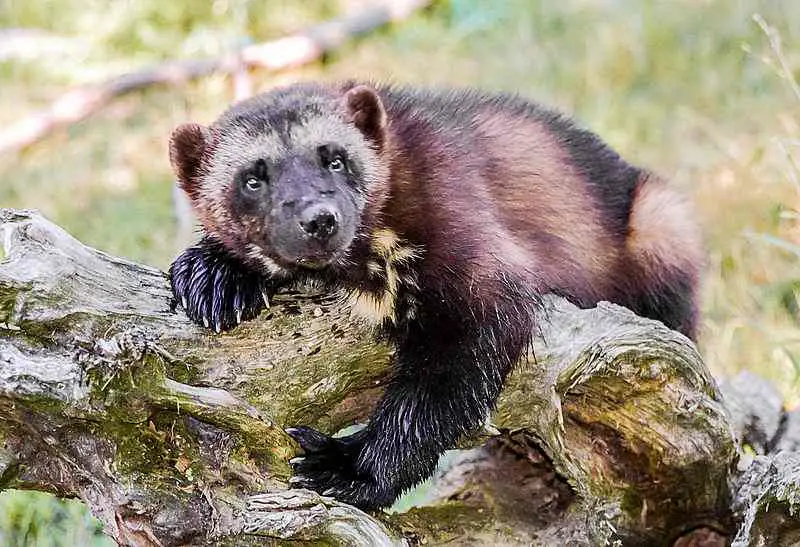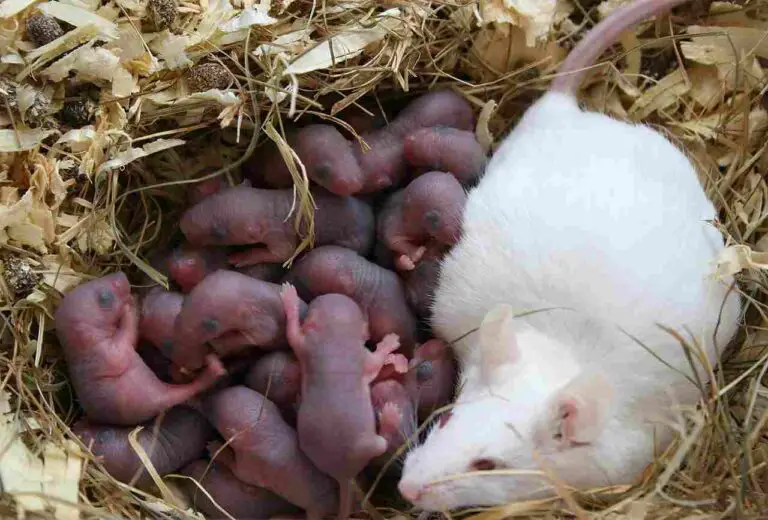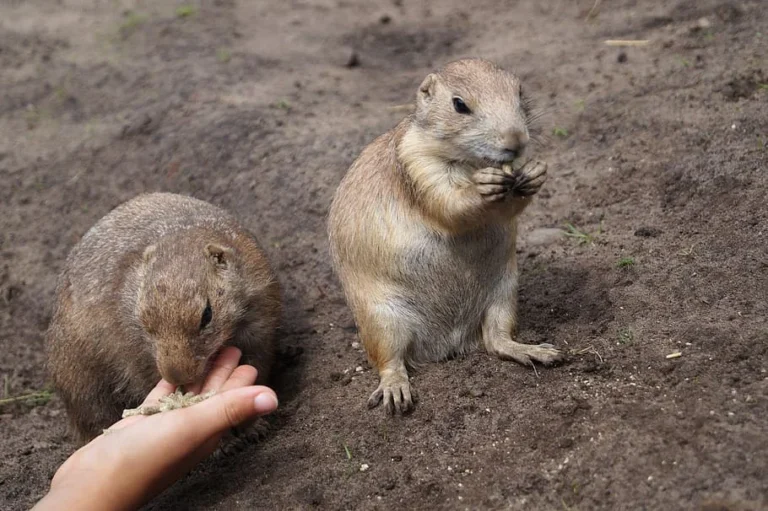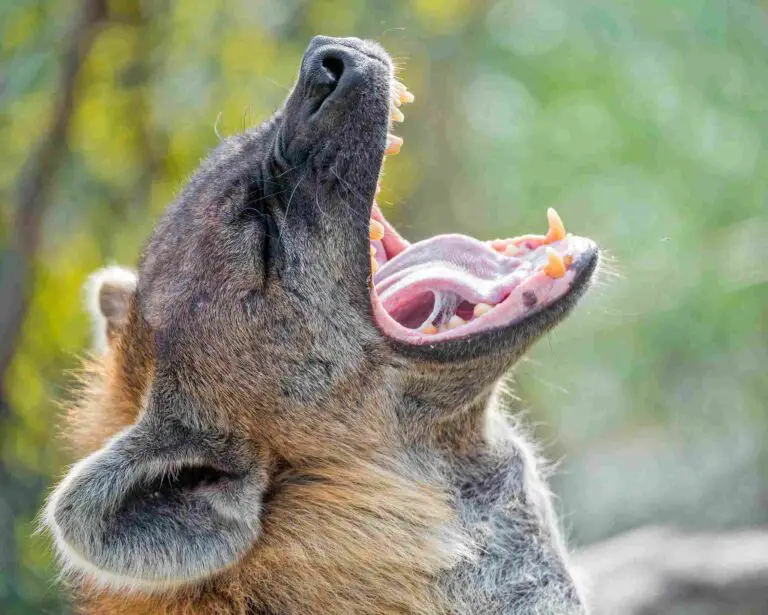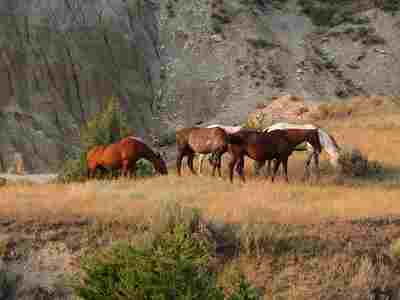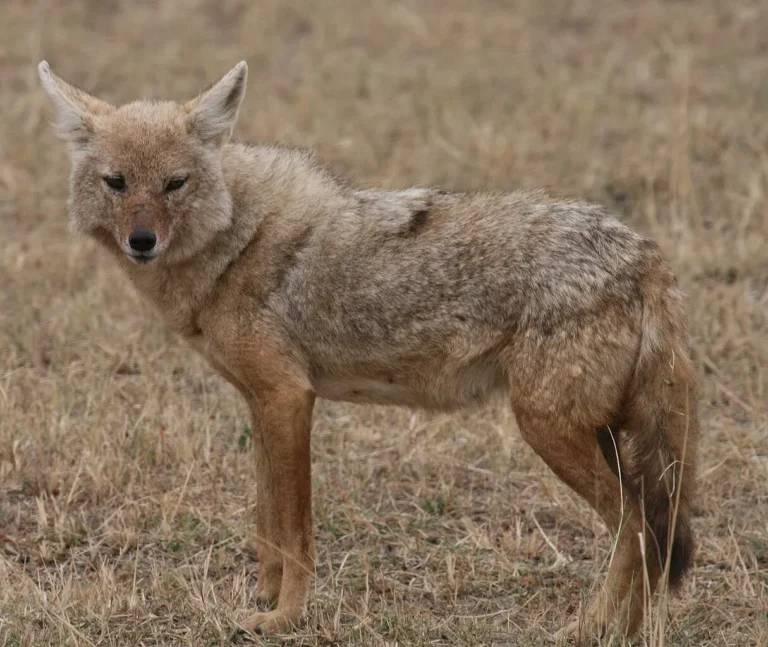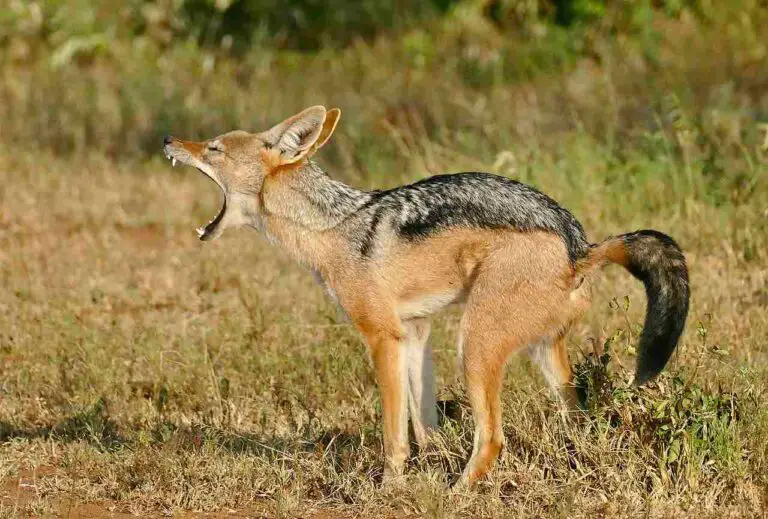Animals in the Boreal Forest Biome and Their Characteristics
Animals in the boreal forest are; small mammals like ermine; large mammals like American black bear; amphibians like wood frog; reptiles like garter snake; insects like spruce budworm; and birds like norther hawk owl.
This article discusses animals in the boreal forest and their characteristics, as follows;
1). Small Mammals (as a Major Group of Animals in the Boreal Forest Biome)
Small mammals in the boreal forest represent an important group of animals that are adapted to the boreal forest climate and biological conditions.
They are important for the ecological roles they play in the boreal forest, such as their contribution to energy-transfer and nutrient-recycling in the food chain.
These animals vary in their physiological features, as well as their feeding habits, as some exhibit herbivorous, carnivorous and omnivorous tendencies respectively.
Examples of small mammals in the boreal forest are; weasels like the ermine, as well as vole (Microtus spp.), snowshoe hare (Lepus americanus), and red squirrel (Tamiasciurus hudsonicus) [1].
The vole is a rodent that thrives fairly well in boreal forests.
Its morphological features include; small ears, a short tail and compact build.
Food for voles includes mainly plant matter like seeds and leaves. Their adaptive behaviors include burrowing, which provided them with shelter from weather elements and predators; while also contributing to the aeration and modification of boreal forest soil.
Snowshoe hares are arguably the most common and dominant, small mammals in the boreal forest.
They are highly adaptive, possessing thick fur and rapid locomotion that provide them with protection from cold, camouflage in snow, and ability to elude predators.
Snowshoe hares feed on twigs, seeds, buds, and tree-bark. They are immensely important as a food source for secondary consumers in the boreal like the coyote and lynx [3].

Red squirrel is also a herbivorous rodent that feeds on boreal forest plant-materials like seeds and leaves. They are tree-dwellers and have reddish-brown fur that makes them blend easily into the canopy vegetation of the boreal forest-structure.
The ermine or stoat is a weasel that is native to many boreal forest regions.
It is also one of the few small mammalian carnivores in the biome, whose diet consists of mice, birds, and voles among others.
Ermines owe their survival to well-evolved hunting skills, and also have color camouflage that helps them stalk prey and elude potential predators effectively.
2). Large Mammals
While the species-richness of boreal forest is low compared to that of the more-active terrestrial ecosystems like tropical rainforests; several large mammalian species yet occur in taiga zones.
Large mammals in the boreal forest are diverse in their ecological roles, physiological attributes and feeding behaviors.
They range from Ursidae species like the black bear (Ursus americanus) [4]; to canids, felines, and herbivorous ruminants.
Examples of large mammalian animals in the boreal forest biome are; American black bear, lynx, gray wolf, wolverine, and moose. They occur across multiple trophic levels of the energy pyramid, from which they contribute to the sustainability of their environment and the conservation of its resources.
The American black bear thrives fairly well in the boreal forest, and is one of the overall largest mammals in its terrain.
As an apex predator, it is not vulnerable as prey to any other consumer in the boreal forest. Black bears also have an omnivorous diet that includes nuts, leaves; berries, smaller mammals, and insects. Its activities contribute to animal biodiversity, adaptation and seed dispersal.
Coyotes and gray wolves (Canis lupus) are canids, with the wolf being larger, and capable of preying on larger animals than the coyote.
Food for grey wolves in the boreal forest include caribou, moose, and rodents.
The lynx (Lynx canadensis) is a feline of medium size that is native to boreal ecoregions.
Lynxes have solitary behavior, and their physiological characteristics include short tails, facial markings and tufted ears.
They are stealthy hunters, and have a close predator-prey relationship with snowshoe hares.
Wolverines (Gulo gulo) are bear-like, medium sized mustelid mammals that are from the weasel family [6]. They have adaptive features like thick fur to survive the harsh boreal climate, and are both predatory and scavenging in their feeding behavior.

Moose (Alces alces) is a particularly large herbivorous mammal, and a common biotic component of the boreal forest. It is one of several existing deer species, and feeds on bark, leaves, and twigs of coniferous and deciduous vegetation.
3). Amphibians and Reptiles (as a Major Group of Animals in the Boreal Forest Biome)
Due to the nature of the environment, cold-blooded amphibians and reptiles are not abundantly present in boreal forests, compared to their representation in prairies, rainforests and even in deserts.
Yet, a few species of these animals have been able to adapt to boreal conditions.
Boreal forest amphibians include, red-backed salamander (Plethodon cinereus) and wood frog (Rana sylvatica).
Food for the wood frog and salamander mainly comprises of insects and worms, as well as small mollusks, when available.
Their micro-habitats range from underneath rocks, leaf litter and logs; to aquatic ecosystems like lakes and ponds that thaw in the summer.
Boreal forests share some reptiles with the temperate forest; such as garter snakes that feed on amphibians, invertebrates and some small mammals, among others.
It must be noted that boreal amphibians and reptiles are likely to be found in mixed-boreal forests containing both coniferous and deciduous vegetation, which makes the onset of transition from boreal to temperate forest terrain. This is because such regions are most tolerable for these ectothermic species.
4). Insects
Insect communities are important to the boreal forest, for their role in pollination, plant speciation, biodegradation, soil conservation, and nutrient cycling.
Examples of insects in the boreal forest are; birch leafminer, spruce budworm, forest tent caterpillar, mountain pine beetle, carpenter ant, mosquito, sawfly, and aphid.
Some of these insects have major socioeconomic impact; such as the mosquito which inhabits wetland boreal zones, and is linked to Tularemia outbreaks that can kill large number of boreal forest dwellers [5].
Another socioeconomically-impactful boreal insect is the spruce budworm, which is a known cause of vegetation loss and regional defoliation [2].

5). Birds (as a Major Group of Animals in the Boreal Forest Biome)
The boreal forest is particularly abundant with bird species, many of which occur as migrant populations during the breeding season.
Birds in the boreal forest include carnivorous raptors, small herbivorous songbirds and opportunistic omnivores.
Like insects, they are involved in angiosperm pollination, and share close relations with plants, which serve as their micro-habitats, and other animals, to and from which which they transfer bioenergy.
Examples of birds in the boreal forest are; northern hawk owl, great gray owl, black-backed woodpecker, and spruce grouse.
Conclusion
Animals in the boreal forest are;
1. Small Mammals
2. Large Mammals
3. Amphibians and Reptiles
4. Insects
5. Birds
References
1). Boonstra, R.; Andreassen, H. P.; Boutin, S.; Hušek, J.; Ims, R. A.; Krebs, C. J.; Skarpe, C.; Wabakken, P. (2016). "Why Do the Boreal Forest Ecosystems of Northwestern Europe Differ from Those of Western North America?" Bioscience. 2016 Sep 1;66(9):722-734. Available at: https://doi.org/10.1093/biosci/biw080. (Accessed 5 June 2023).
2). Chagnon, C.; Bouchard, M.; Pothier, D. (2022). "Impacts of spruce budworm defoliation on the habitat of woodland caribou, moose, and their main predators." Ecology and Evolution 12(3). Available at: https://doi.org/10.1002/ece3.8695. (Accessed 5 June 2023).
3). O'Donoghue, M.; Boutin, S. A.; Krebs, C. J.; Zuleta, G. A.; Murray, D.; Hofer, E. (1998). "Functional Responses of Coyotes and Lynx to the Snowshoe Hare Cycle." Ecology 79(4):1193-1208. Available at: https://doi.org/10.2307/176736. (Accessed 5 June 2023).
4). Ouellet, J.-P.; Courtois, R.; Fortin, D.; Brodeur, V. (2008). "Habitat selection by black bears in intensively logged boreal forest." Canadian Journal of Zoology 86(11):1307-1316. Available at: https://doi.org/10.1139/Z08-118. (Accessed 5 June 2023).
5). Rydén, P.; Björk, R.; Schäfer, M. L.; Lundström, J. O.; Petersén, B.; Lindblom, A.; Forsman, M.; Sjöstedt, A.; Johansson, A. (2011). "Outbreaks of Tularemia in a Boreal Forest Region Depends on Mosquito Prevalence." The Journal of Infectious Diseases 205(2):297-304. Available at: https://doi.org/10.1093/infdis/jir732. (Accessed 5 June 2023).
6). Sugiyama, Y.; Nishita, Y.; Lansink, G. M. J.; Holmala, K.; Aspi, J.; Masuda, R. (2022). "Diversity of the MHC class II DRB gene in the wolverine (Carnivora: Mustelidae: Gulo gulo) in Finland." PLoS One. 2022 May 10;17(5):e0267609. Available at: https://doi.org/10.1371/journal.pone.0267609. (Accessed 5 June 2023).
